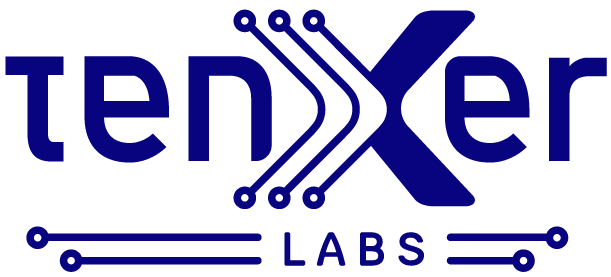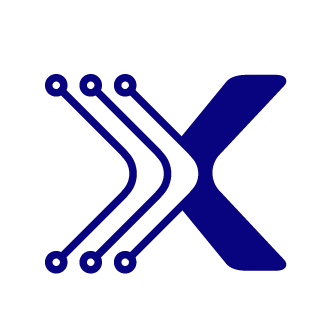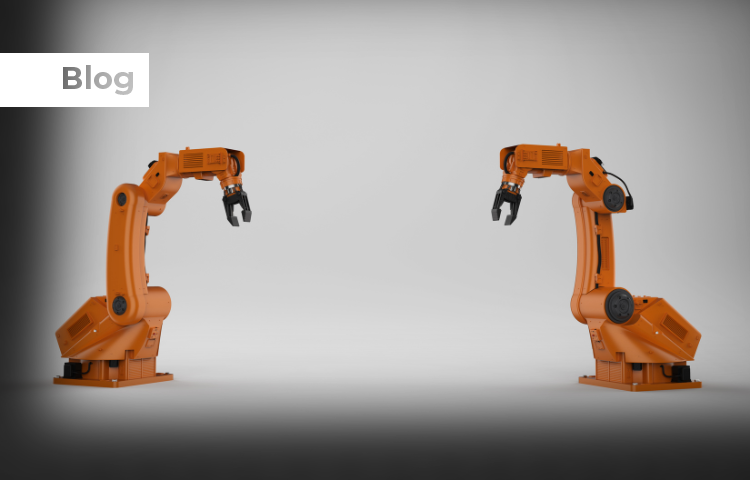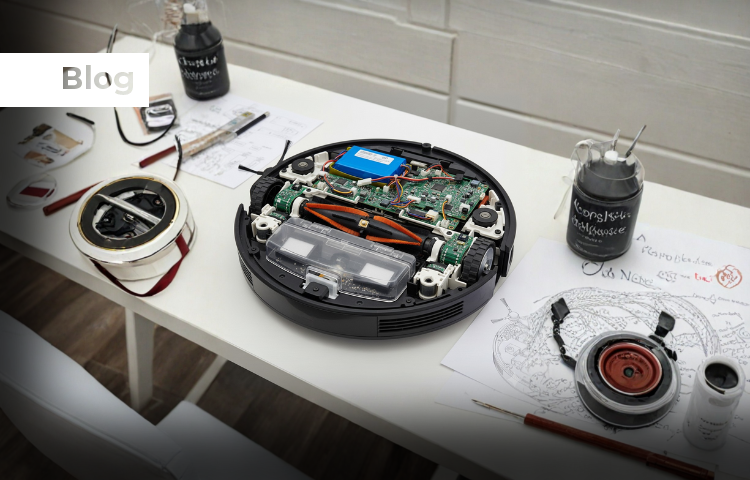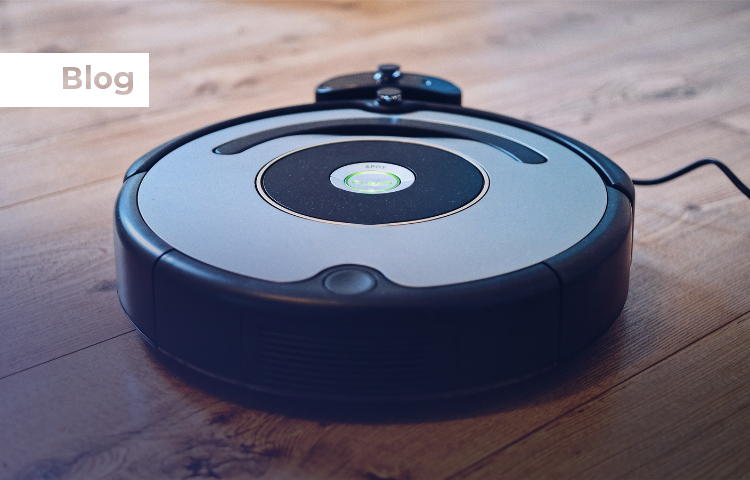What Is a Single Board Computer?
A single-board computer (SBC) is a compact computing device where all critical components and many devices such as the processor, memory, storage, and input/output ports, are integrated onto one board. Unlike traditional computers, which rely on separate components like a motherboard, RAM modules, and storage drives, an SBC offers a streamlined design. This cost-effective and power-efficient solution is ideal for applications ranging from industrial automation to edge computing and hobbyist projects.
SBCs like the Raspberry Pi have gained immense popularity for their low cost, versatility, and ease of use. Designed with ARM processors, they are suitable for lightweight tasks and educational purposes. However, modern SBCs also cater to demanding industrial applications, providing reliable performance, enhanced security, and high levels of integration.
In this blog, we’ll explore the meaning, types, and importance of SBCs, covering their applications in process control, digital signage, IoT ecosystems, and more. We’ll also discuss the factors to consider when choosing an SBC, along with their functions and features that make them indispensable in today’s technology landscape.
Types of Single Board Computers
SBCs come in many types, catering to different needs and applications. Each type provides unique features and capabilities:
1. Low-Cost SBCs
These boards, such as the Raspberry Pi, are designed for hobbyists, students, and small-scale developers. They are cost-effective and provide sufficient performance for basic tasks like programming, media streaming, and small IoT projects.
2. Industrial SBCs
Built for industrial automation and process control, these SBCs are reliable, rugged, and capable of withstanding harsh environments. They integrate connectors, RAM, and advanced security features for seamless operation in factories and other demanding settings.
3. IoT-Ready SBCs
These are optimized for edge computing and IoT applications. They support wireless and Bluetooth connectivity, enabling integration with various IoT devices and systems.
4. Multimedia SBCs
Equipped with advanced video and audio outputs, these boards are used in digital signage, home theaters, and gaming platforms. They include peripherals for enhanced multimedia experiences.
5. Customizable SBCs
These boards are designed for developers who need flexibility in hardware and software. They feature modular components, allowing users to tailor the board for specific applications, such as slot machines or robotic control systems.
By understanding these types, users can select an SBC that aligns with their specific needs, whether for edge computing, industrial automation, or personal projects.
1. Raspberry Pi
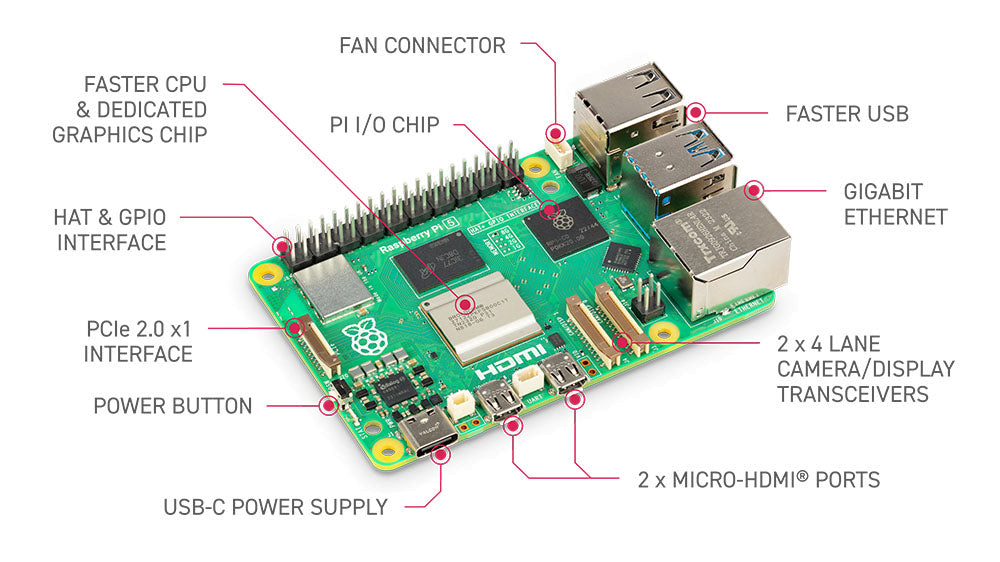
The Raspberry Pi series is arguably the most well-known SBC globally, thanks to its accessibility and vast community support. Developed by the Raspberry Pi Foundation, it was initially designed to teach basic computer science. Today, it’s used in various applications, from IoT projects to home automation and even AI-driven solutions. The latest models, such as the Raspberry Pi 4 and Raspberry Pi 5, come equipped with multicore ARM CPUs, support up to 8GB of RAM, and provide extensive GPIO and I/O options. This versatility makes them popular for both hobbyists and professionals.
2. NVIDIA Jetson Nano
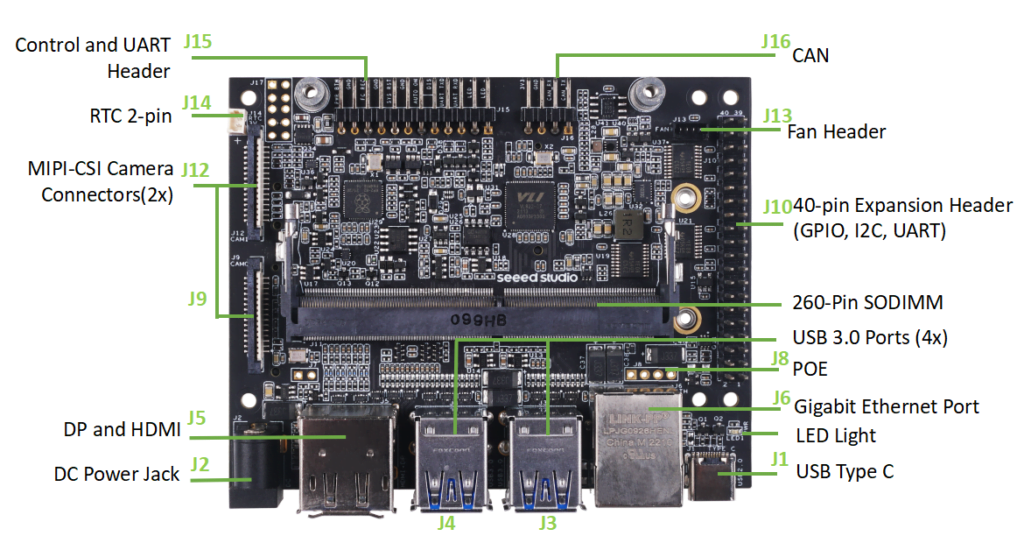
The NVIDIA Jetson Nano is a standout SBC for AI and machine learning projects. With an integrated GPU designed for AI processing, the Jetson Nano allows developers to work on edge computing tasks such as real-time image recognition, autonomous robots, and deep learning applications. As AI and machine learning applications become more prevalent in fields like security and healthcare, the Jetson Nano offers a compact and powerful platform for deploying AI systems at the edge.
3. BeagleBone Black
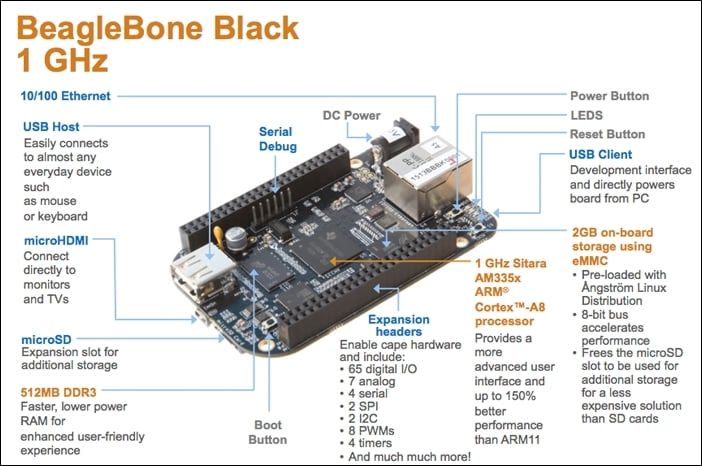
The BeagleBone Black, developed by Texas Instruments, is renowned for its industrial-grade robustness. It is a favorite among developers working on automation and robotics projects due to its reliable processing power and extensive I/O options. The board’s open-source design allows for deep customization, and its USB, Ethernet, and GPIO ports provide flexibility for integration into various hardware systems. For projects requiring real-time data processing and motor control, BeagleBone Black is a leading choice.
4. ASUS Tinker Board
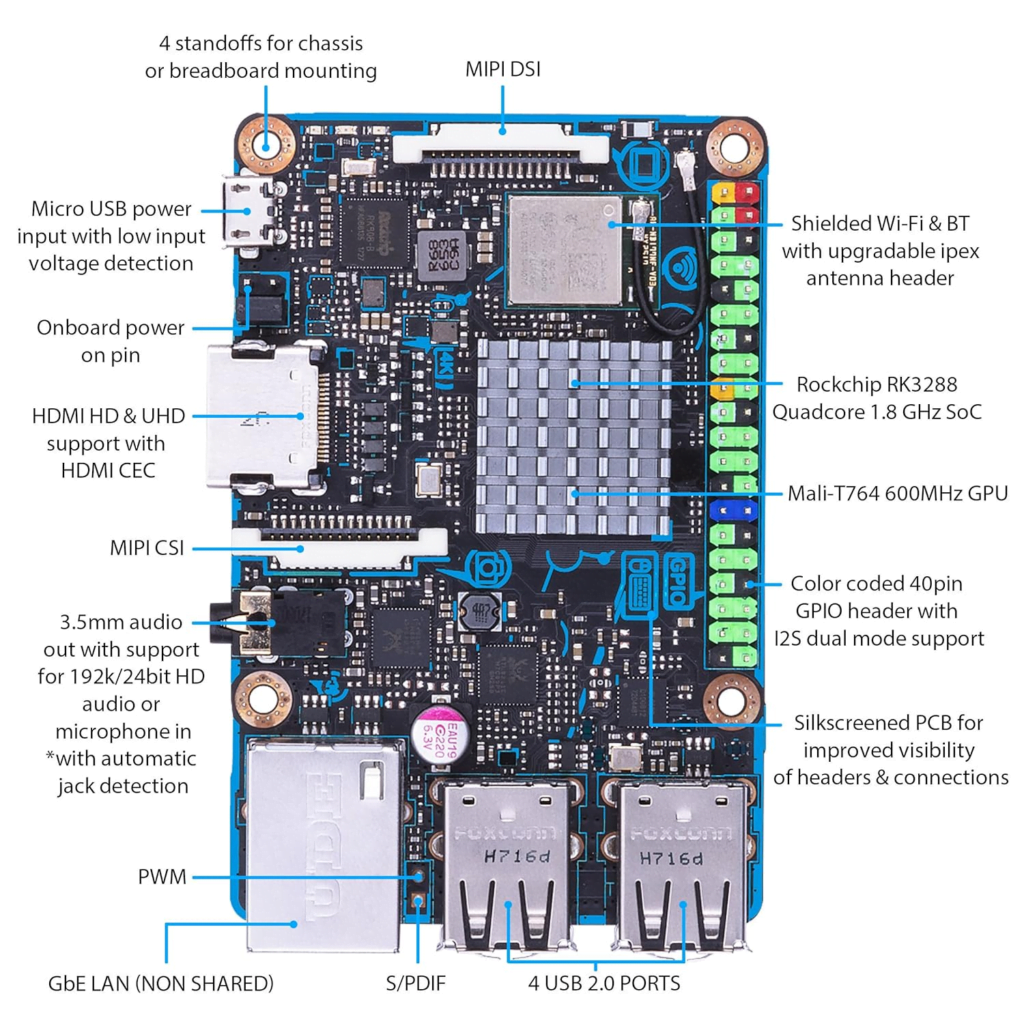
ASUS introduced the Tinker Board to compete directly with the Raspberry Pi, and it has made a name for itself, especially in multimedia and high-performance computing. The Tinker Board provides superior graphics performance, making it ideal for media centers, desktop computing, and home automation systems. It supports Linux and Android, offering flexibility for developers working in different environments. With 4K video output and high-definition audio support, it is an excellent platform for entertainment systems.
5. ODROID XU4
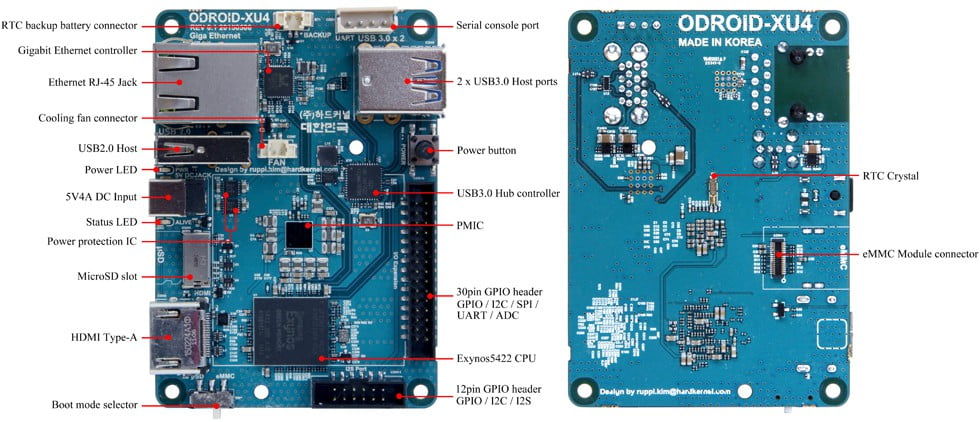
The ODROID XU4, developed by Hardkernel, is known for its powerful octa-core ARM CPU and GPU, which enable it to handle tasks like game emulation, media centers, and other high-performance computing applications. It supports Ubuntu, Android, and other Linux-based operating systems, making it highly versatile. The ODROID XU4 is popular for use in retro gaming, development workstations, and even data center deployments, where energy efficiency and computational power are critical.
6. UDOO Bolt
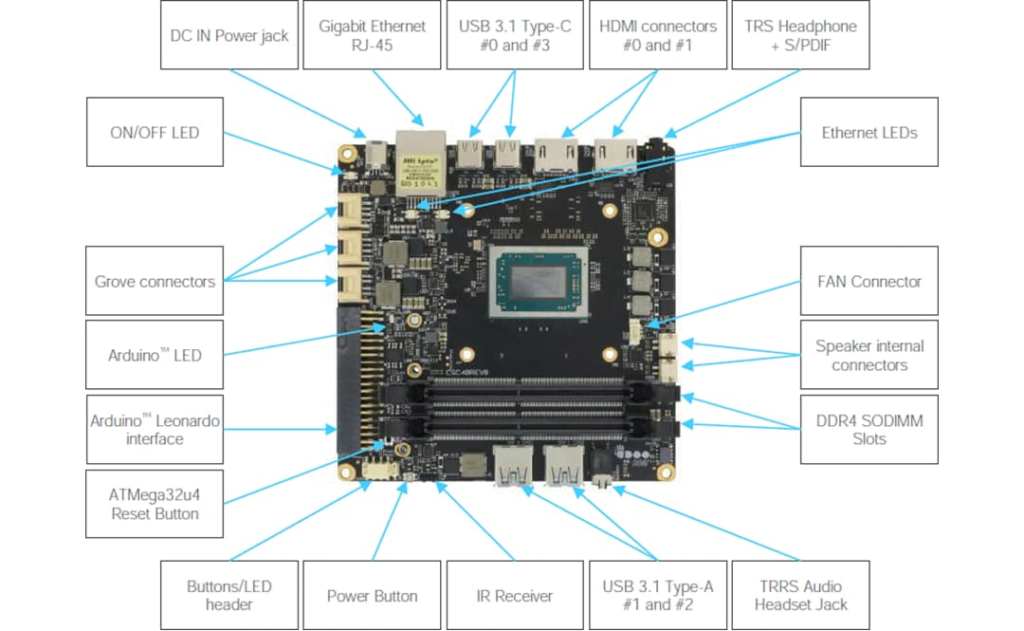
The UDOO Bolt is one of the most powerful SBCs on the market, designed for high-demand applications like gaming, virtual reality (VR), and artificial intelligence. Powered by AMD Ryzen processors, the UDOO Bolt offers high-performance features such as LPDDR4 RAM, USB-C connectivity, and 4K video processing. Its advanced GPU capabilities make it ideal for graphic-intensive tasks and VR development, positioning it as a competitor to larger desktop PCs.
7. Banana Pi
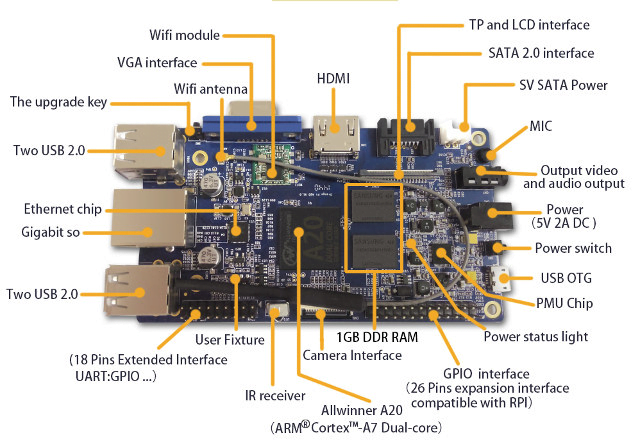
Banana Pi is an affordable SBC developed by Shenzhen SINOVOIP Co. Ltd., which targets educational purposes, DIY projects, and industrial applications. It provides a similar experience to the Raspberry Pi but offers some variations in hardware and software support. The Banana Pi M4 model, for instance, comes with a quad-core ARM Cortex-A53 processor, multiple USB ports, and gigabit Ethernet, making it a reliable option for projects that require networking capabilities and moderate processing power.
8. Rock Pi 4
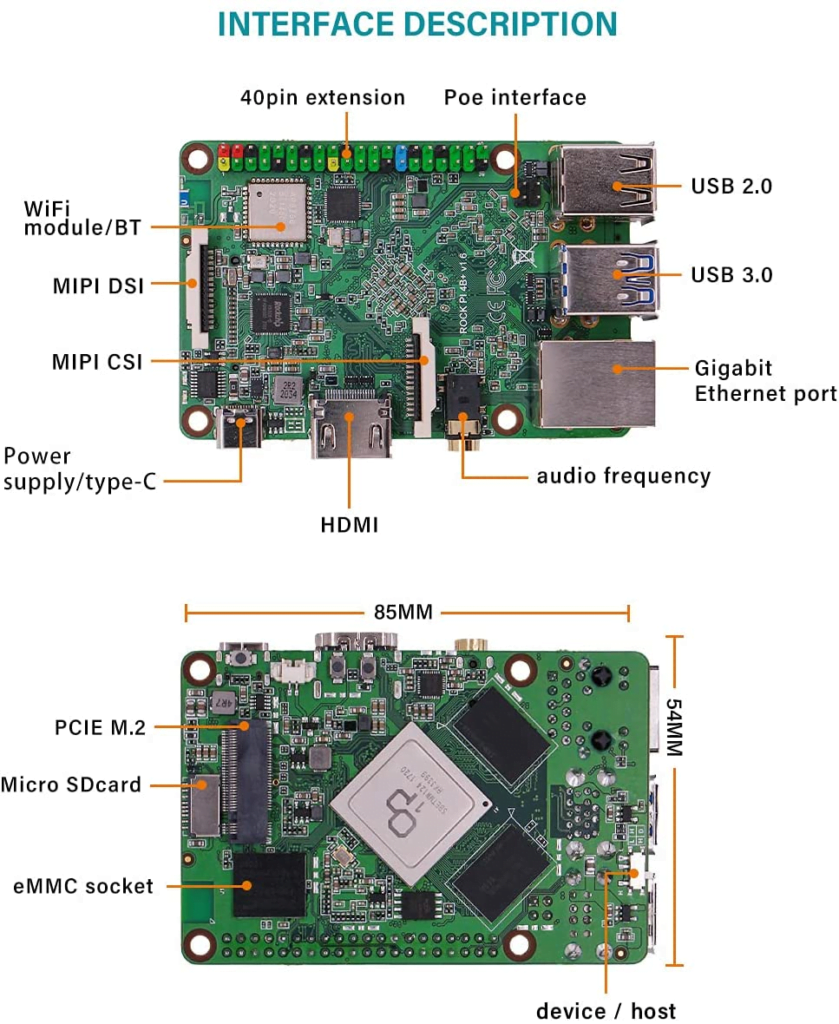
The Rock Pi 4, developed by Radxa, is another SBC targeting high-performance applications with a hexacore ARM processor and M.2 PCIe slot for NVMe SSDs. It supports 4K video output, making it a popular choice for media streaming and gaming consoles. Its USB 3.0 ports and Gigabit Ethernet make it a competitive alternative for developers looking for Raspberry Pi alternatives with better data transfer speeds and processing capabilities.
9. Orange Pi 5
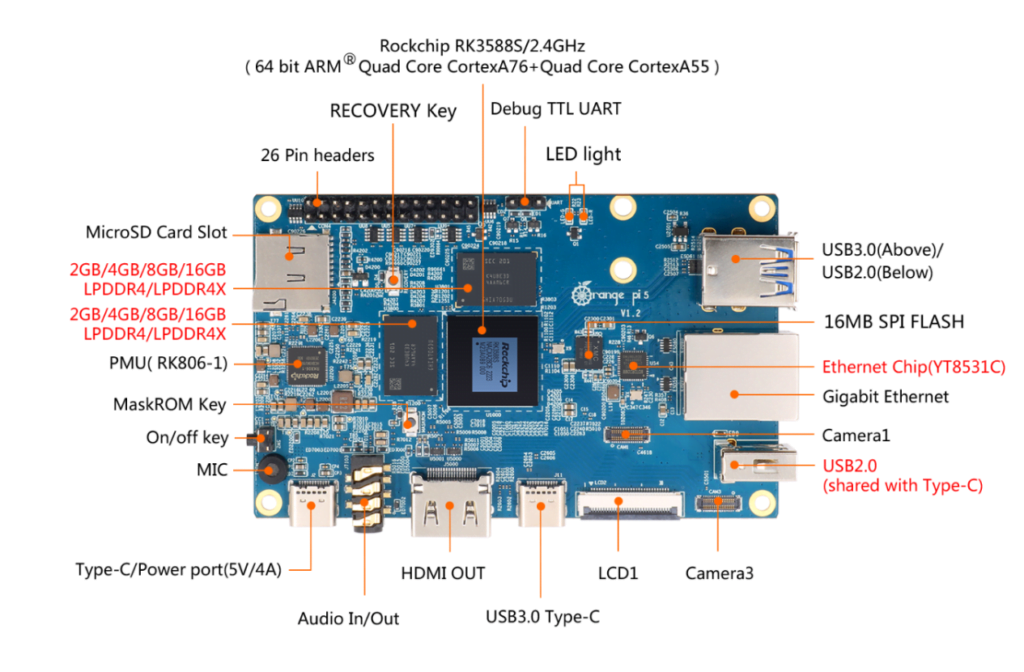
The Orange Pi 5, built by Shenzhen Xunlong Software Co., offers a cost-effective solution for developers and hobbyists alike. It provides 4K video output, USB 3.0, and Gigabit Ethernet, making it a suitable platform for multimedia projects. Like Raspberry Pi, the Orange Pi has a growing ecosystem of users who develop a range of open-source software and projects around it. Its ability to run Android and Linux-based operating systems gives it flexibility for various applications.
10. Pine64
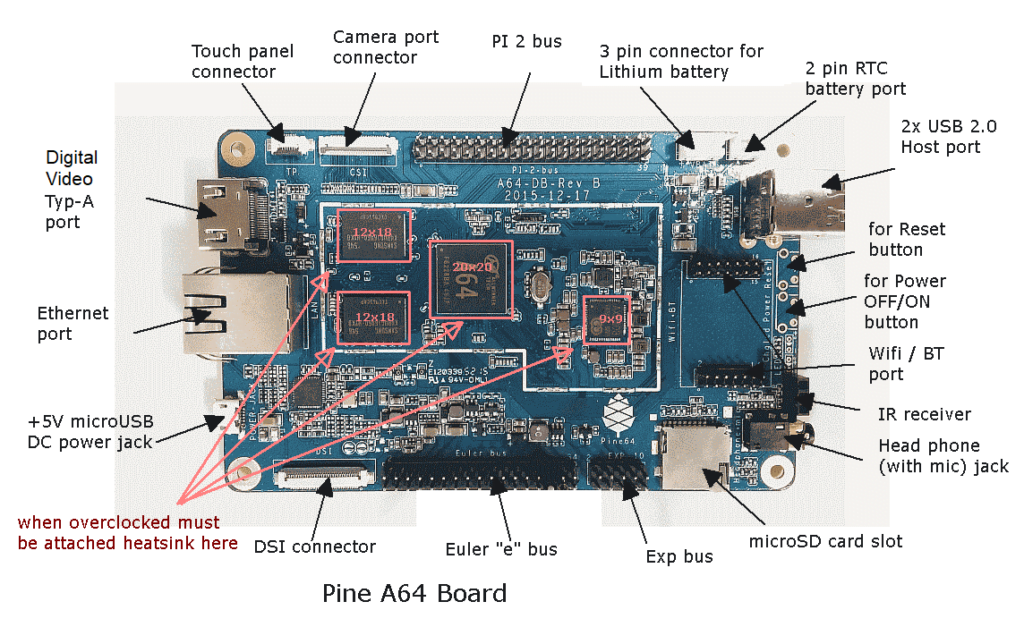
Pine64 is another prominent SBC platform that provides low-cost ARM 64-bit boards capable of running multiple operating systems, including Linux, Android, and BSD. It is particularly popular among developers for its versatility and affordability. The Pine A64 model, for example, supports 4K video playback, making it a viable option for building media centers or even custom computing solutions. Additionally, Pine64’s open-source approach fosters a community of developers that constantly improve the platform.
11. Khadas VIM4
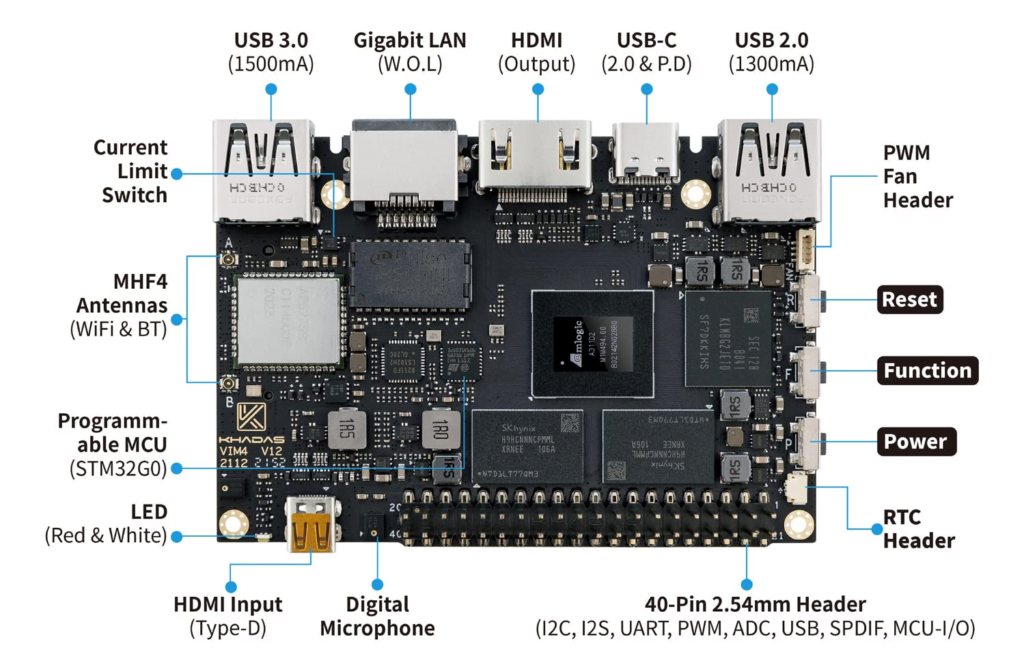
The Khadas VIM4 is one of the latest SBCs designed for high-performance computing. It features an octa-core ARM Cortex-A73/A53 processor, 16GB of LPDDR4X RAM, and support for 8K video playback. Khadas VIM4 also includes Wi-Fi 6 and Bluetooth 5.1, making it an excellent choice for AI, media streaming, and edge computing applications. Its impressive specs are aimed at developers needing a powerful SBC for next-gen applications.
12. LattePanda Delta
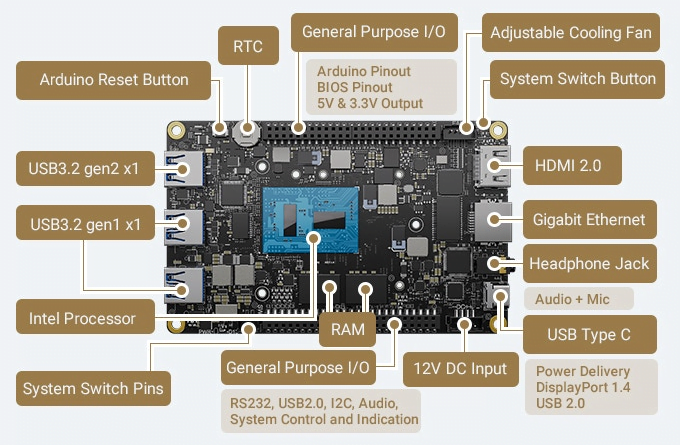
The LattePanda Delta stands out with its Intel Celeron processor and support for Windows 10 and Linux. With 8GB of RAM and an M.2 PCIe slot, this SBC can handle demanding tasks like software development, media editing, and IoT prototyping. Its x86 architecture makes it a popular choice for developers familiar with PC development environments, offering compatibility with a broader range of software and tools.
Importance of Single Board Computers
The importance of SBCs lies in their ability to balance cost, performance, and integration. These compact devices have revolutionized various industries by enabling innovative applications.
1. Industrial Automation
In the manufacturing sector, SBCs play a vital role in process control, machinery management, and data collection. They ensure reliable and efficient operations, even in challenging environments.
2. Edge Computing
SBCs are essential in edge computing, where data processing occurs close to the source. Their power-efficient design ensures real-time processing for IoT devices and smart systems.
3. Education and Development
Affordable SBCs like the Raspberry Pi have opened up opportunities for students and hobbyists to learn programming, electronics, and IoT projects.
4. IoT Ecosystems
With connectivity options like Bluetooth and wireless, SBCs seamlessly integrate into IoT systems, enabling smart homes, wearable tech, and industrial IoT solutions.
5. Consumer Electronics
SBCs power many everyday devices, including slot machines, smart home devices, and entertainment platforms, showcasing their versatility.
With their low cost, compact size, and high levels of integration, SBCs have become the backbone of modern technology.
Features of Single Board Computers
Modern SBCs boast a wide range of features that make them suitable for diverse applications. Some key features include:
Integrated Components: All essential hardware, including ARM processors, RAM, and storage, is built onto a single board.
Connectivity Options: Support for wireless, Bluetooth, and other interfaces ensures seamless integration with external devices.
Operating System Compatibility: Popular SBCs support Linux, Windows, and other operating systems.
Power Efficiency: Optimized for power-efficient operation, particularly in battery-powered and edge computing environments.
Multimedia Support: Includes video, audio, and display capabilities for enhanced functionality.
These all the other features enable SBCs to cater to applications ranging from industrial automation to consumer electronics.
Advantages of Single Board Computers
1. Cost-Effectiveness
SBCs consolidate all essential components into a compact form factor, reducing the overall cost compared to traditional computers.
2. Compact Design
The small size of SBCs makes them suitable for space-constrained environments, such as embedded systems or portable devices.
3. Power Efficiency
Their power-efficient design ensures low energy consumption, making them ideal for edge computing and battery-powered devices.
4. Versatility
SBCs are compatible with various systems, operating systems, and peripherals, enabling their use in a wide range of projects.
5. Ease of Development
With support for popular programming languages and open-source platforms, SBCs are perfect for developers, educators, and hobbyists.
Factors to Consider When Choosing an SBC
When selecting an SBC, users should consider the following factors:
Performance Requirements: Determine the required processor, RAM, and storage based on the intended application.
Connectivity Options: Ensure the SBC supports Bluetooth, wireless, and other necessary interfaces.
Power Efficiency: Choose a board optimized for energy-saving performance.
Durability: For industrial automation, select SBCs that are reliable and can withstand harsh environments.
Cost: Evaluate the price and ensure it aligns with the project’s budget without compromising essential features.
By carefully evaluating these factors, users can find the right SBC to meet their specific needs.
Applications of Single Board Computers
SBCs are widely used in various industries and applications:
Industrial Automation: SBCs control machinery, optimize production processes, and ensure reliable operation in factories.
Edge Computing: Their power-efficient design enables real-time processing for IoT devices.
Education: Affordable SBCs like the Raspberry Pi are ideal for learning programming and prototyping.
IoT Ecosystems: SBCs support smart homes, wearables, and industrial IoT systems through connectivity features.
Consumer Electronics: SBCs power multimedia platforms, gaming consoles, and smart home devices.
These applications highlight the versatility and importance of SBCs in today’s technology landscape.
Challenges in Using Single Board Computers
Despite their numerous advantages, SBCs face certain challenges:
Performance Limitations: SBCs with ARM processors may not be suitable for highly demanding tasks.
Integration Complexity: Combining SBCs with incompatible peripherals can lead to technically challenging setups.
Power Constraints: While power-efficient, SBCs may struggle with heavy workloads, especially in edge computing environments.
Security Concerns: Ensuring robust security in connected environments can be challenging.
Addressing these challenges requires careful planning and a clear understanding of the application’s requirements.
Conclusion
A Single Board Computer (SBC) is an innovative solution that combines all essential computing components onto a single board, offering cost-effective and power-efficient solutions for a wide range of applications. From industrial automation and edge computing to education and IoT, SBCs have transformed how we approach technology.
With advancements in technology and the growing adoption of SBCs like the Raspberry Pi, their impact will only continue to expand. Whether you’re building a small-scale project or deploying a large industrial system, SBCs provide the foundation for innovation, efficiency, and reliability in modern computing.
